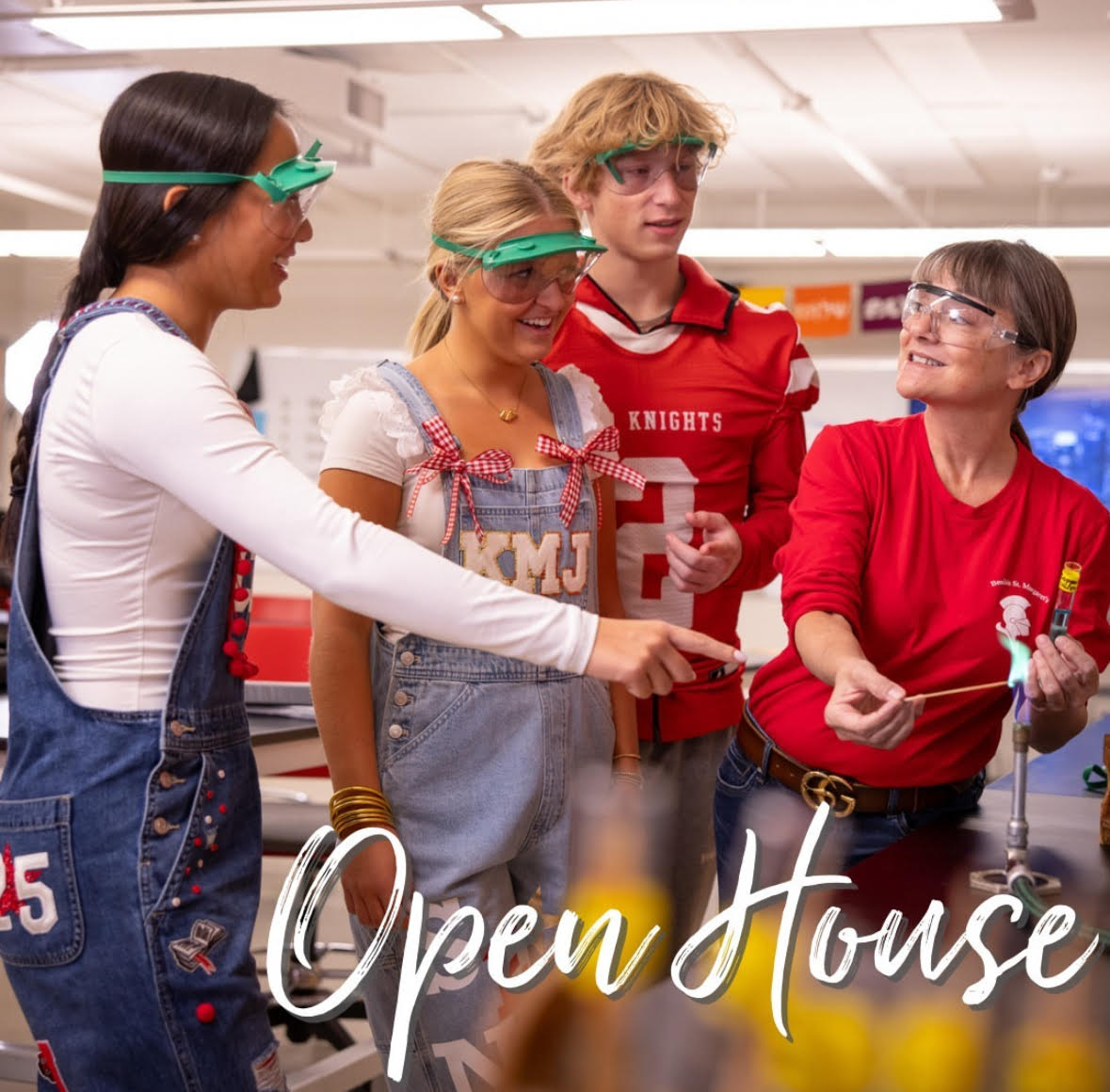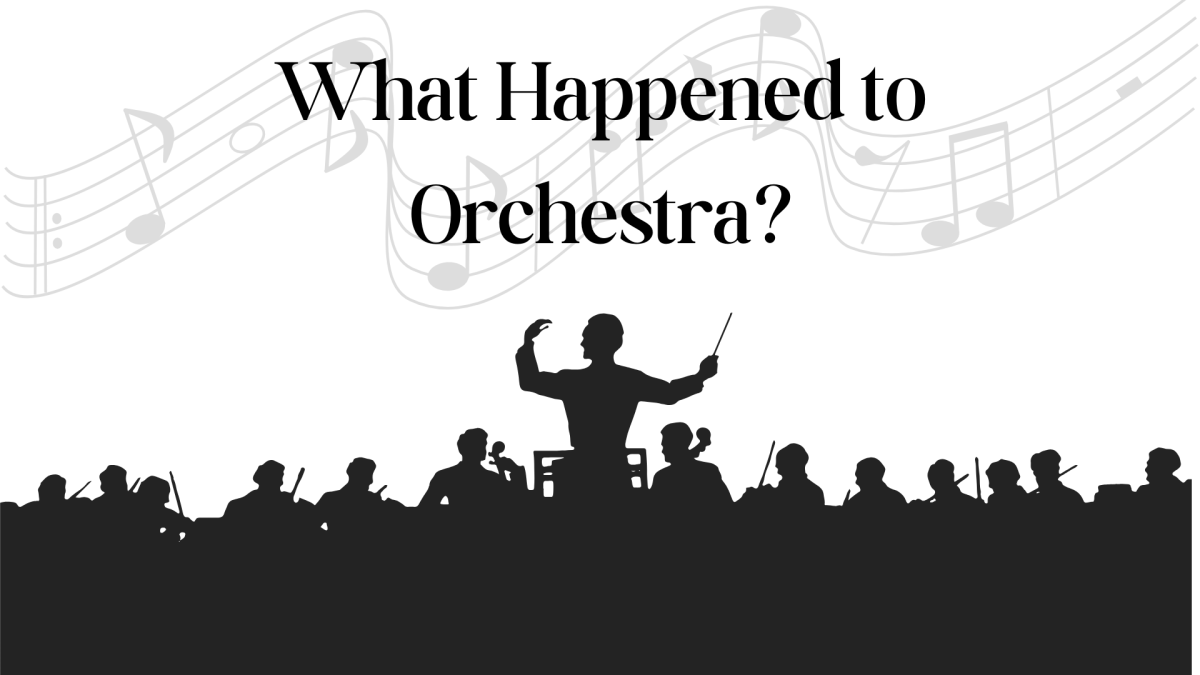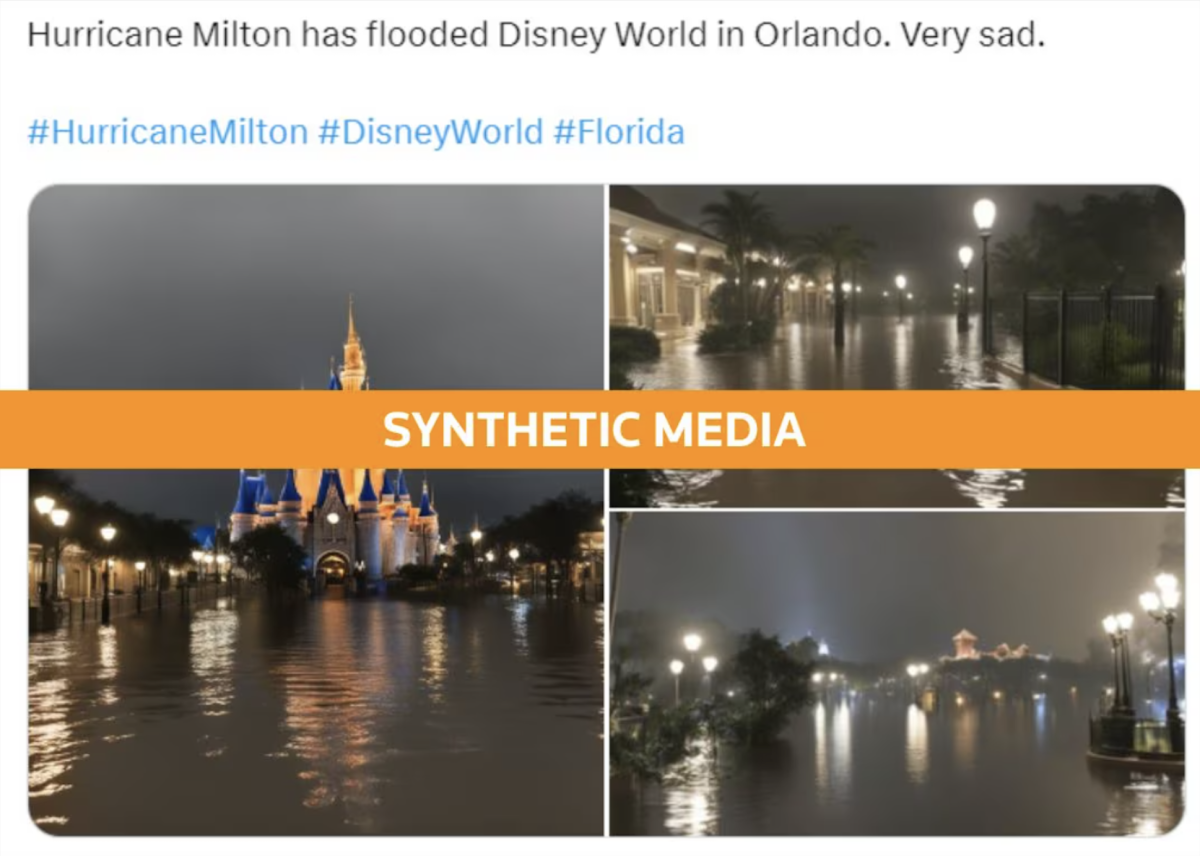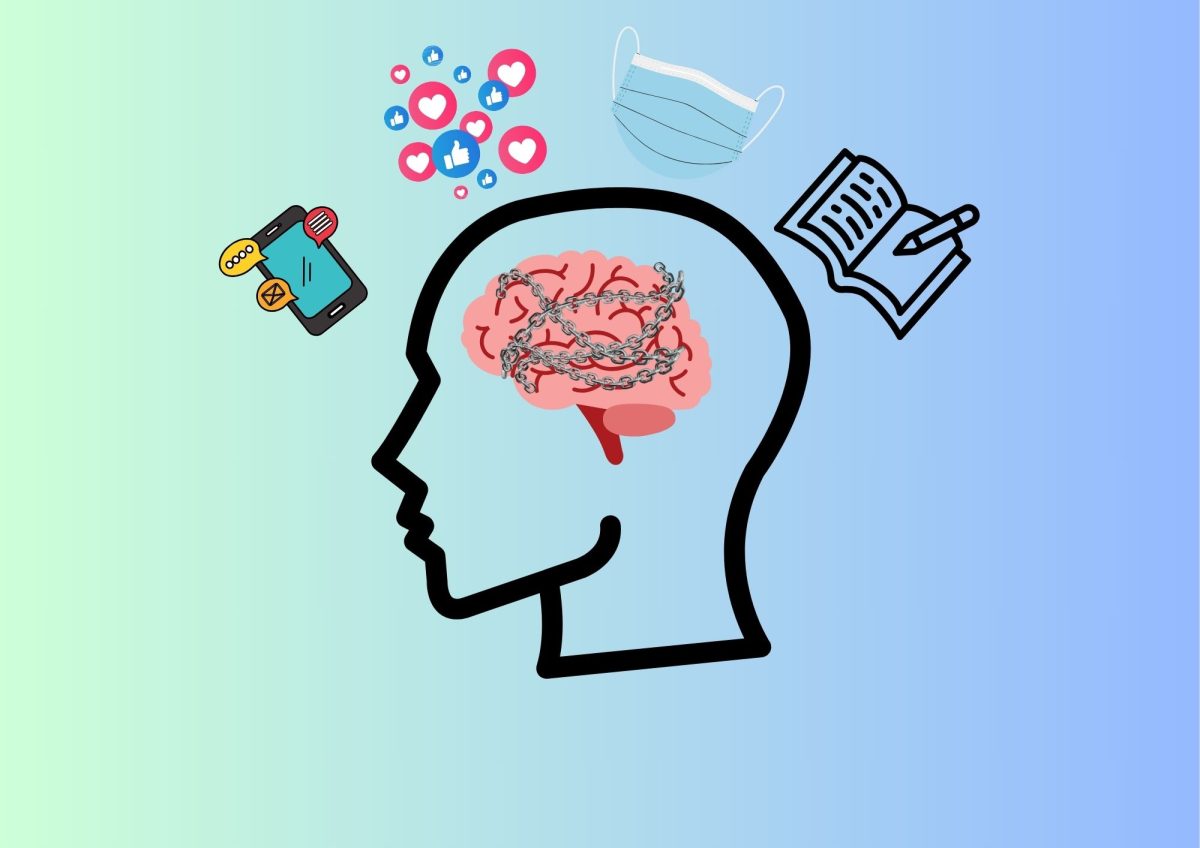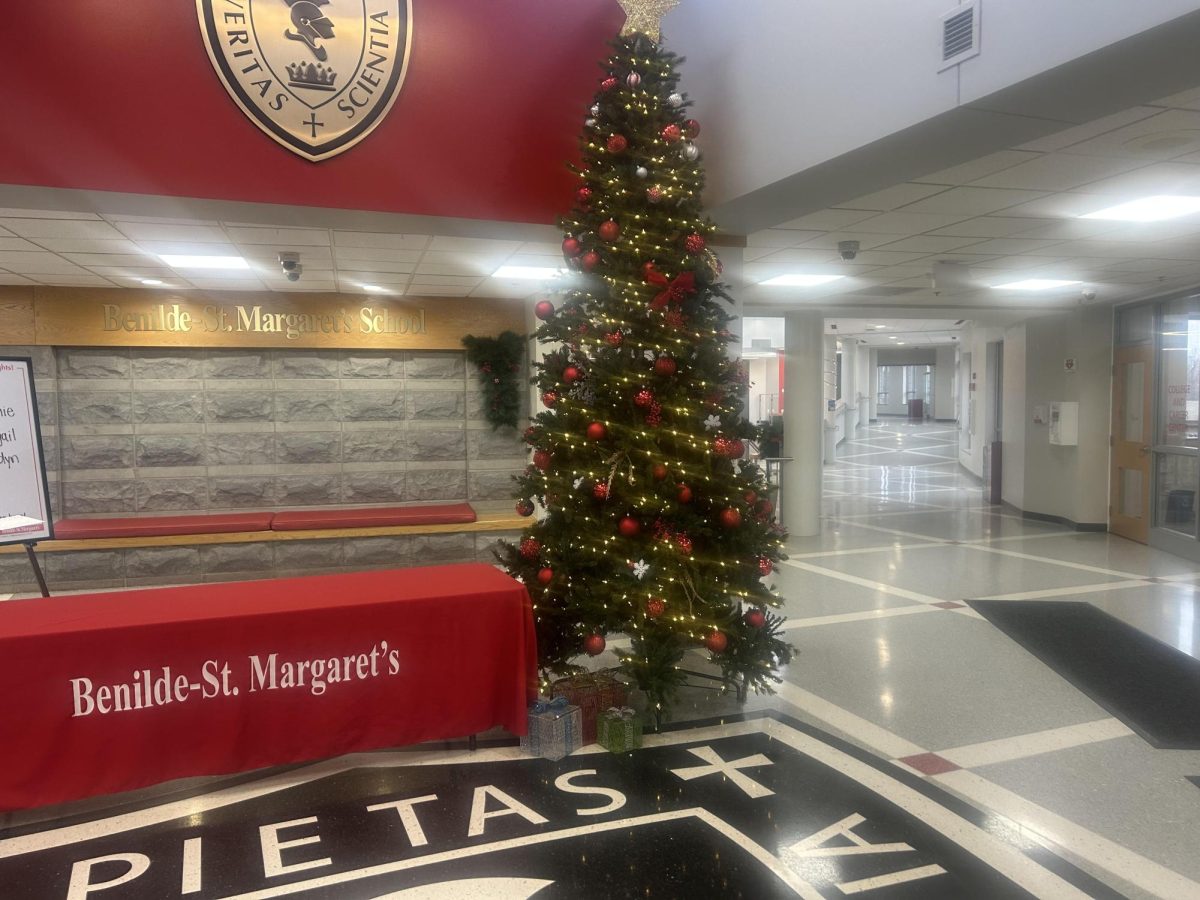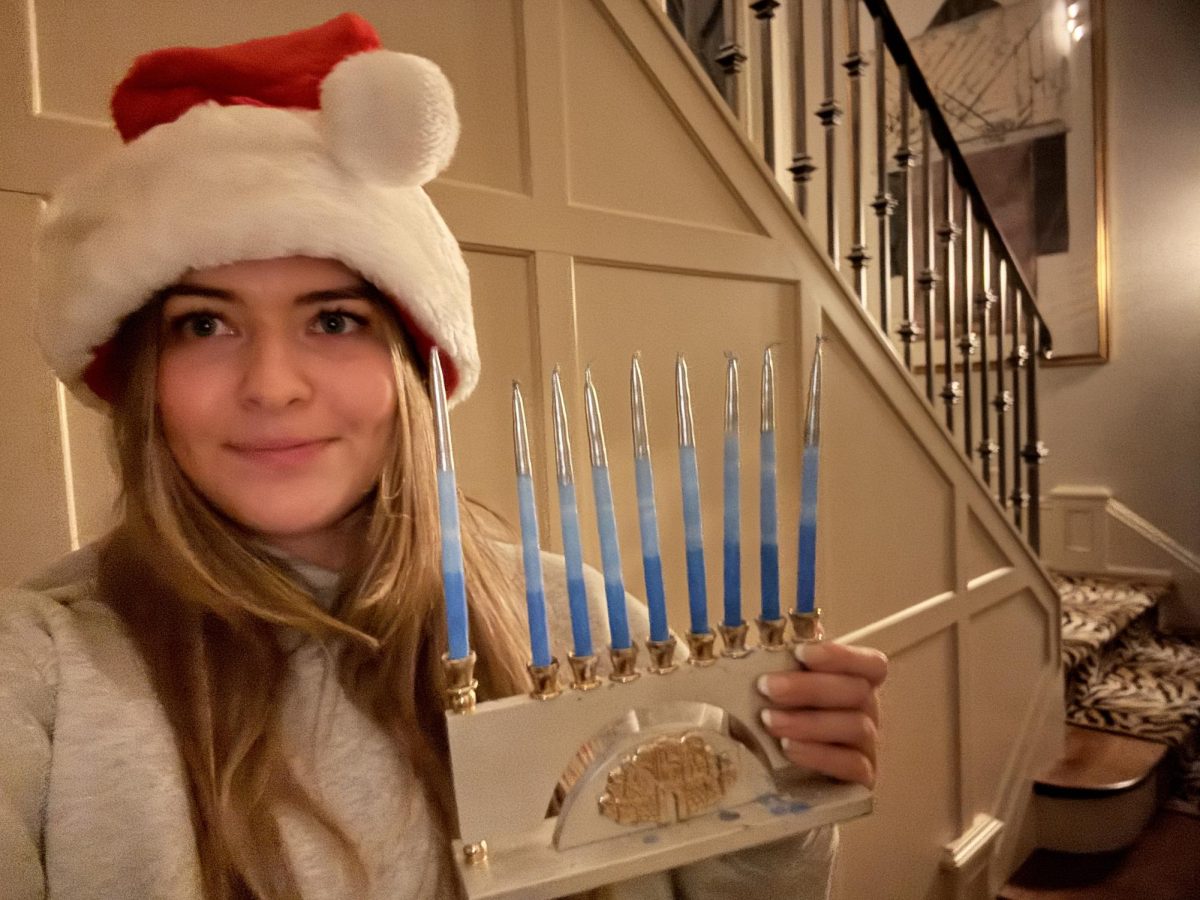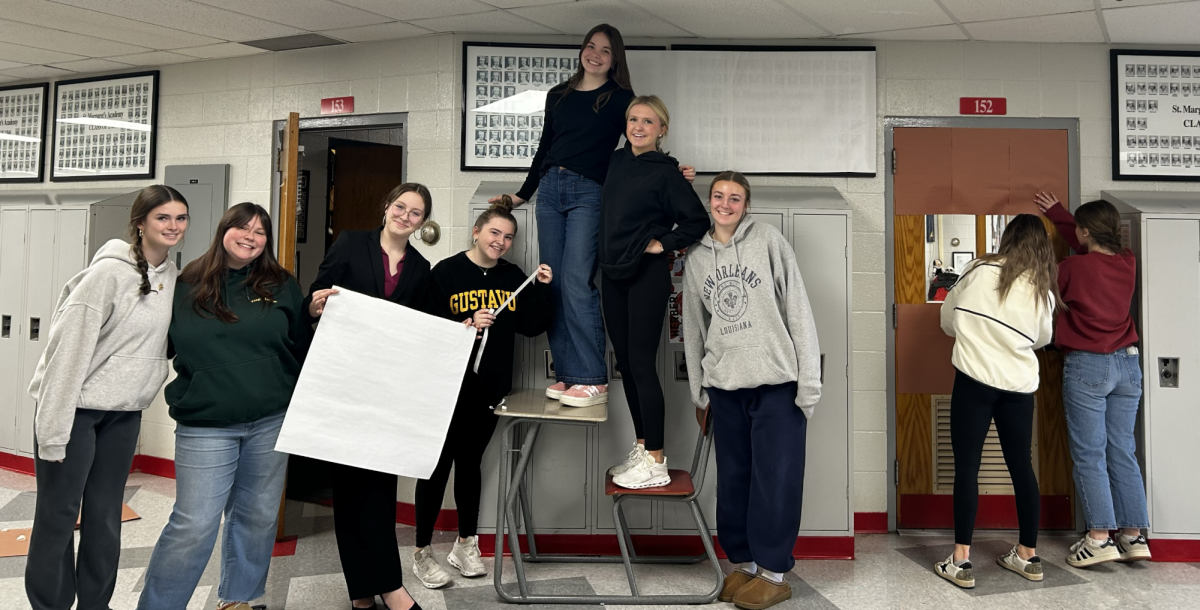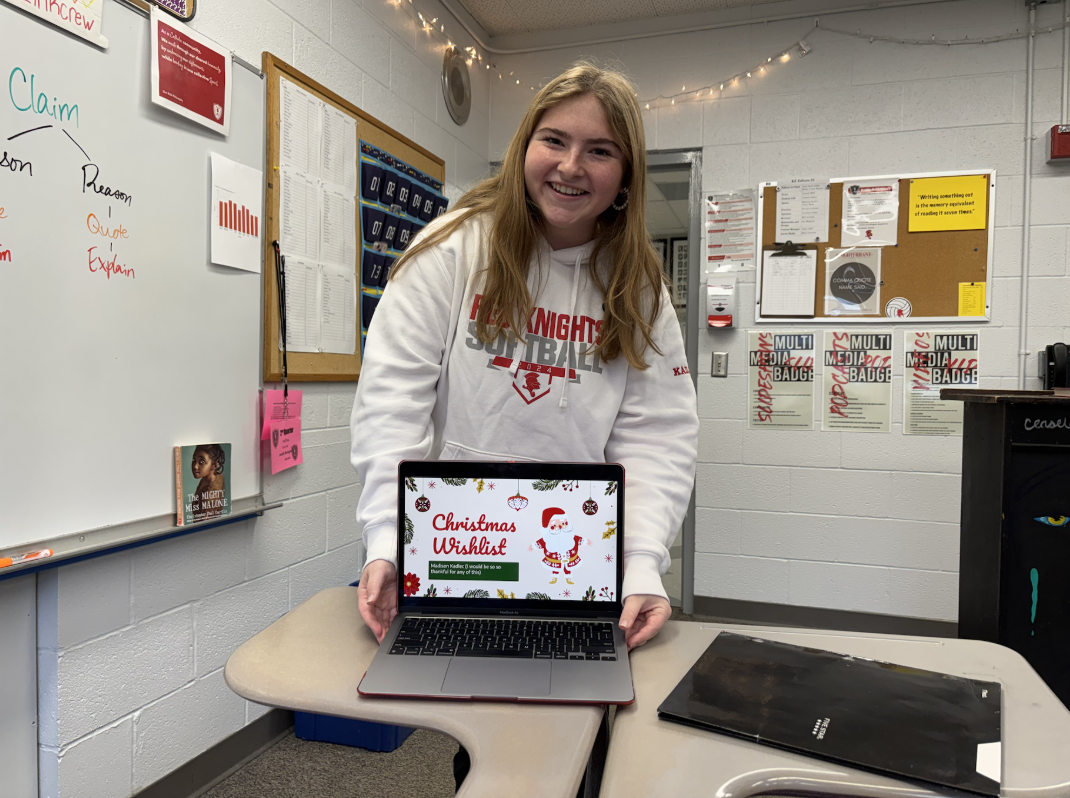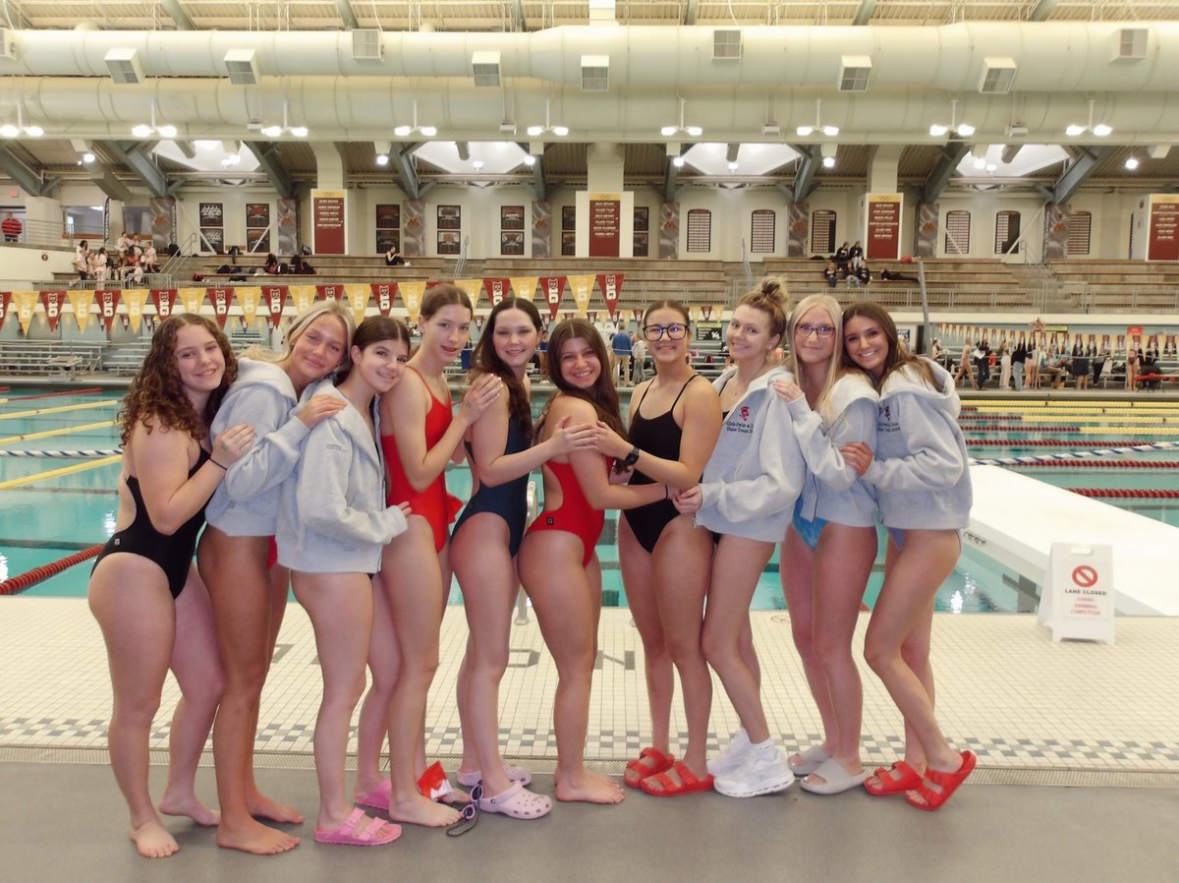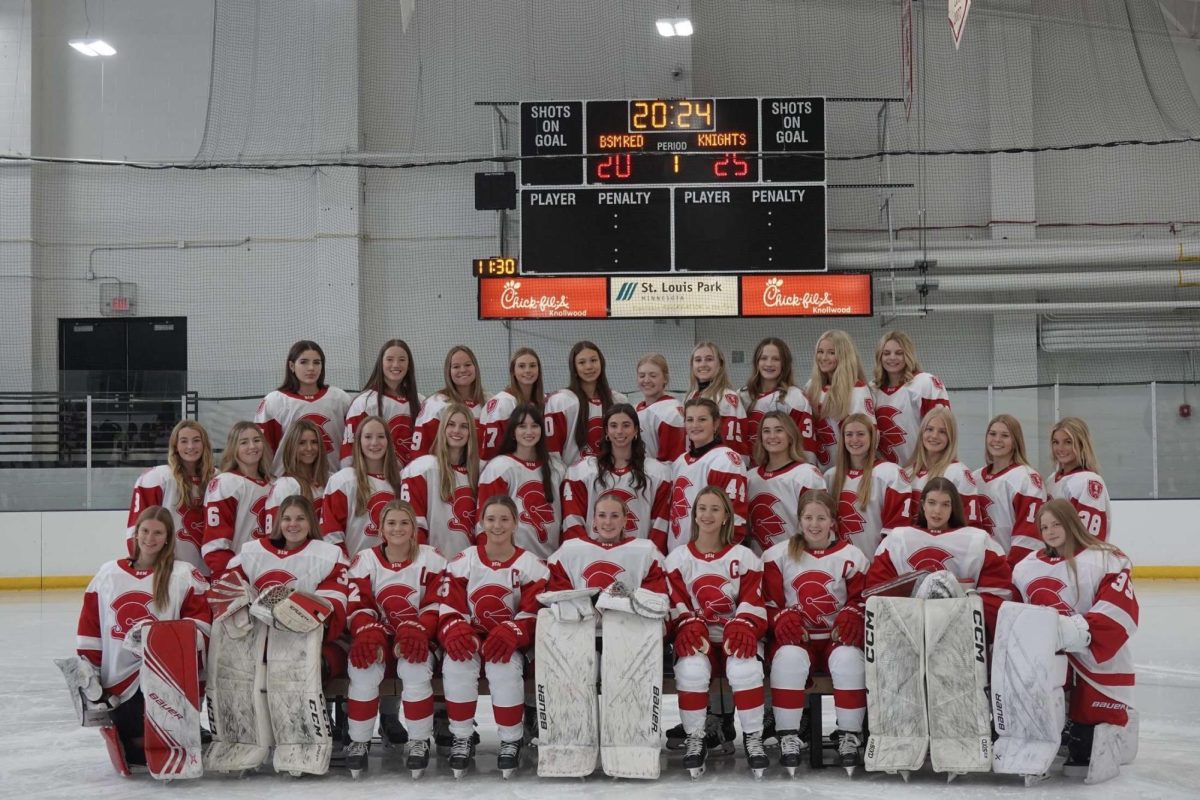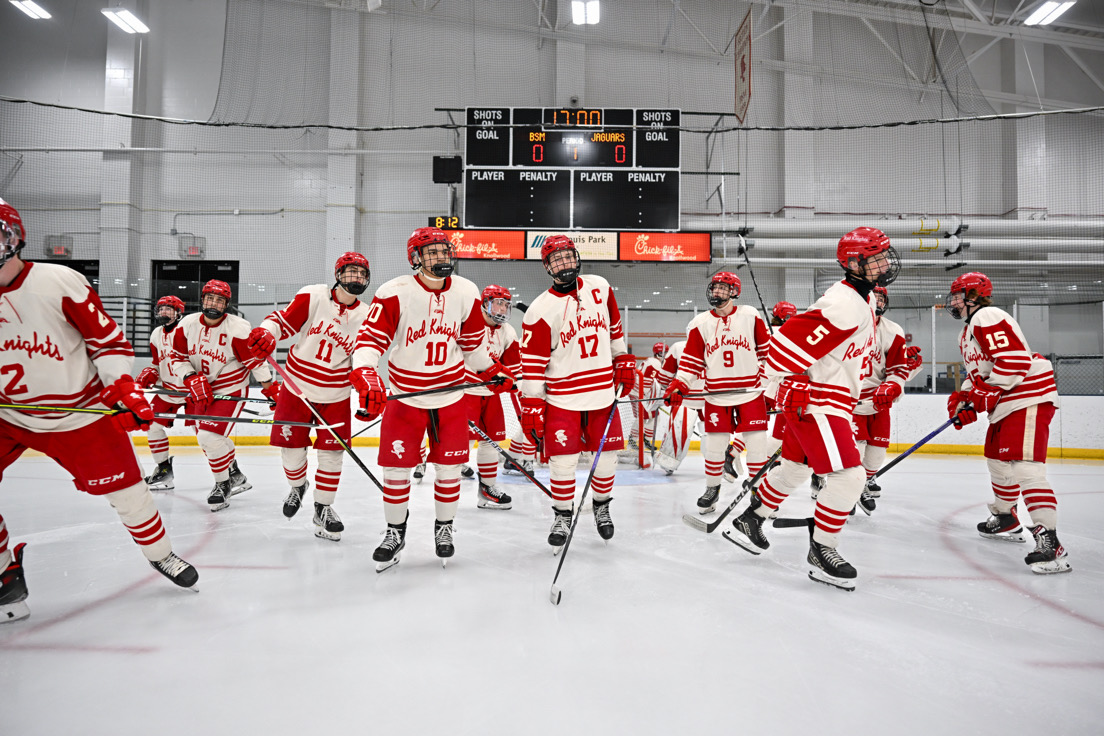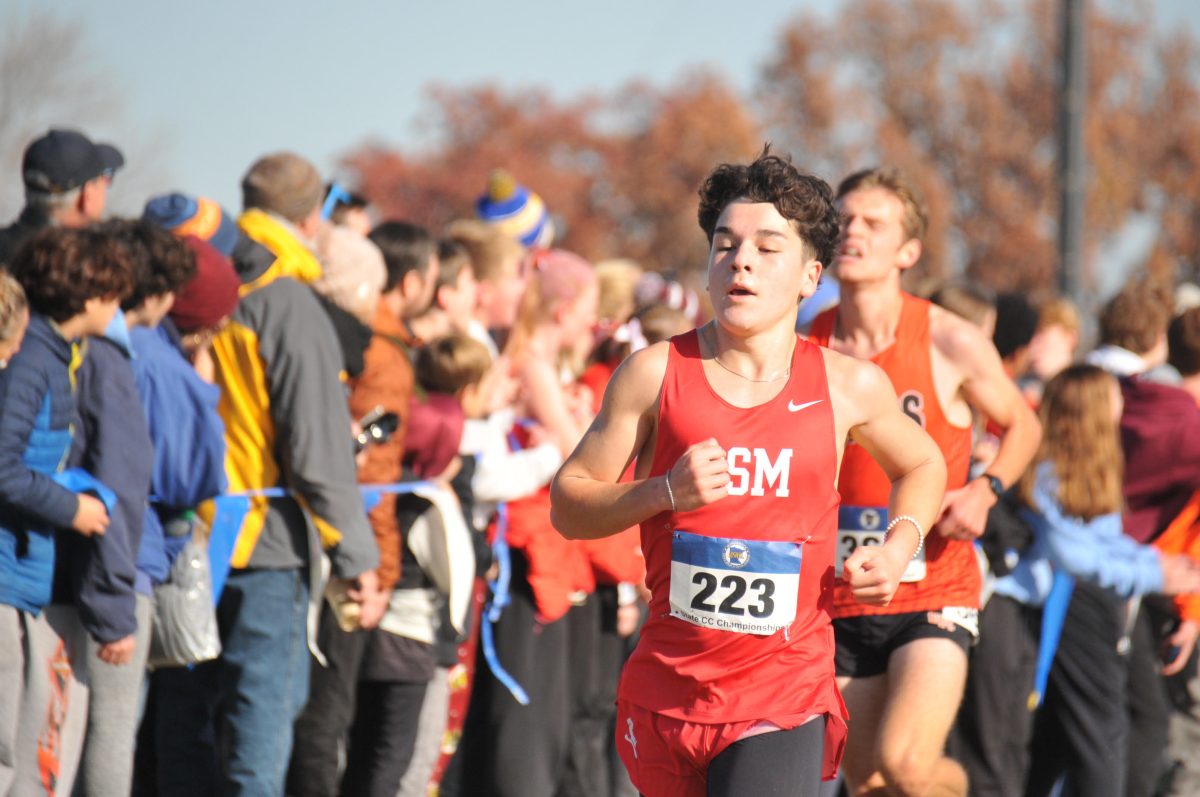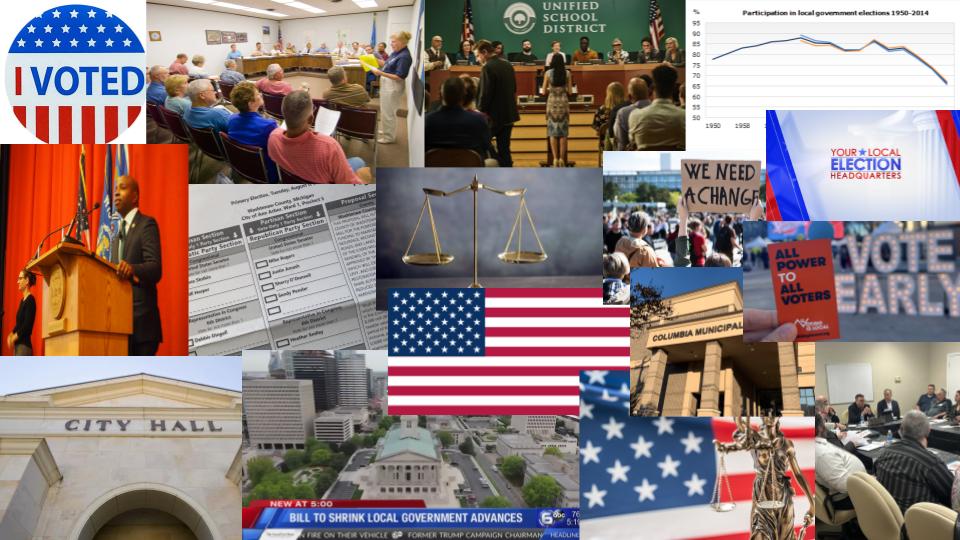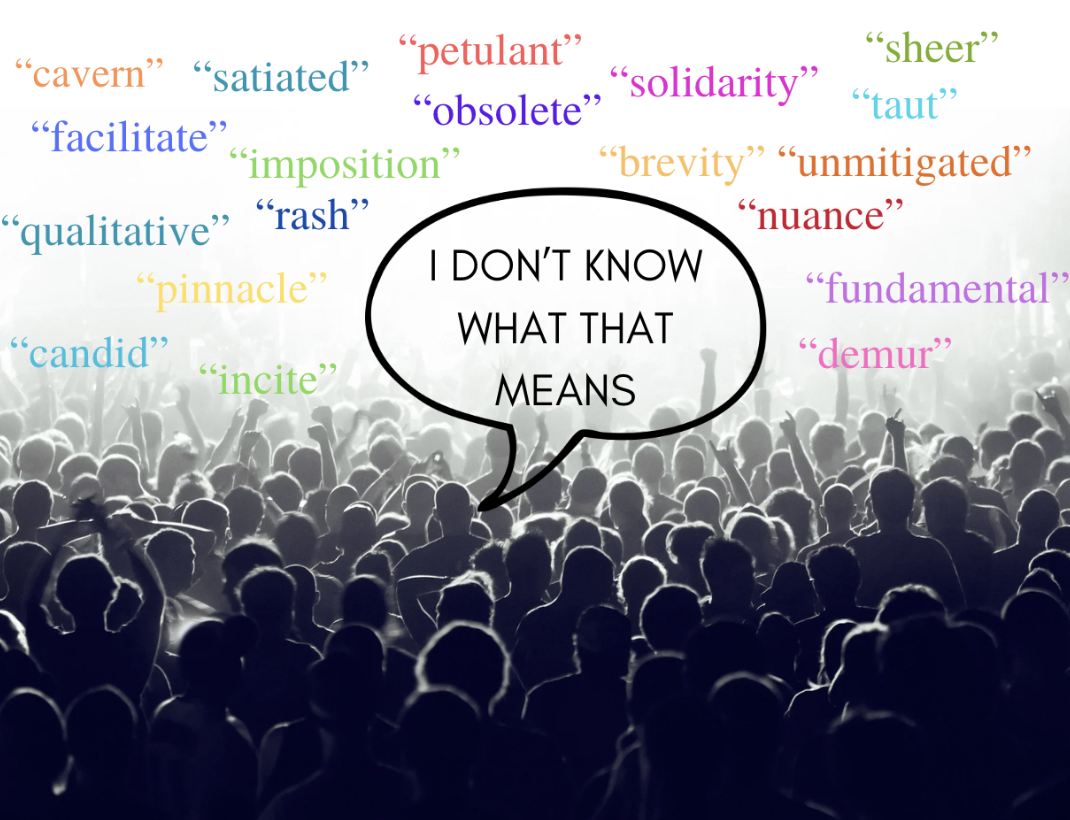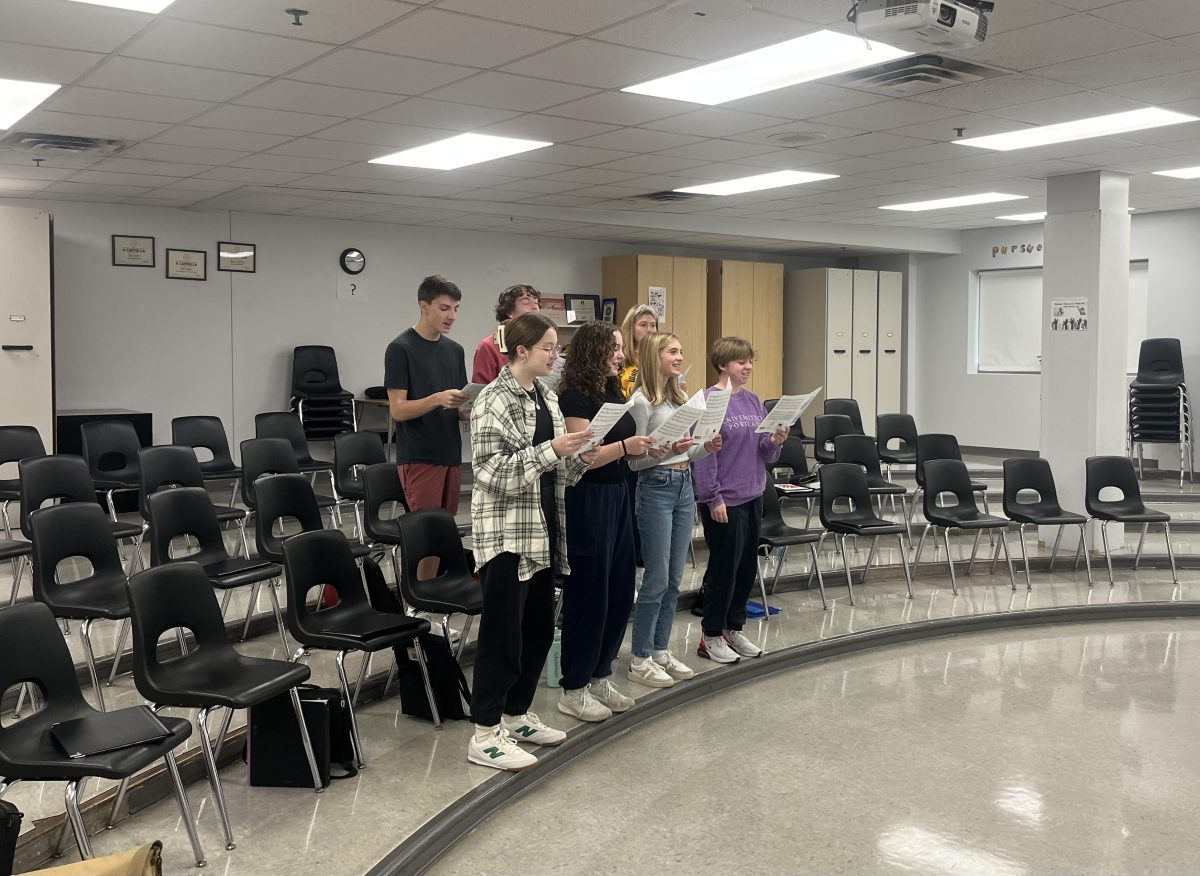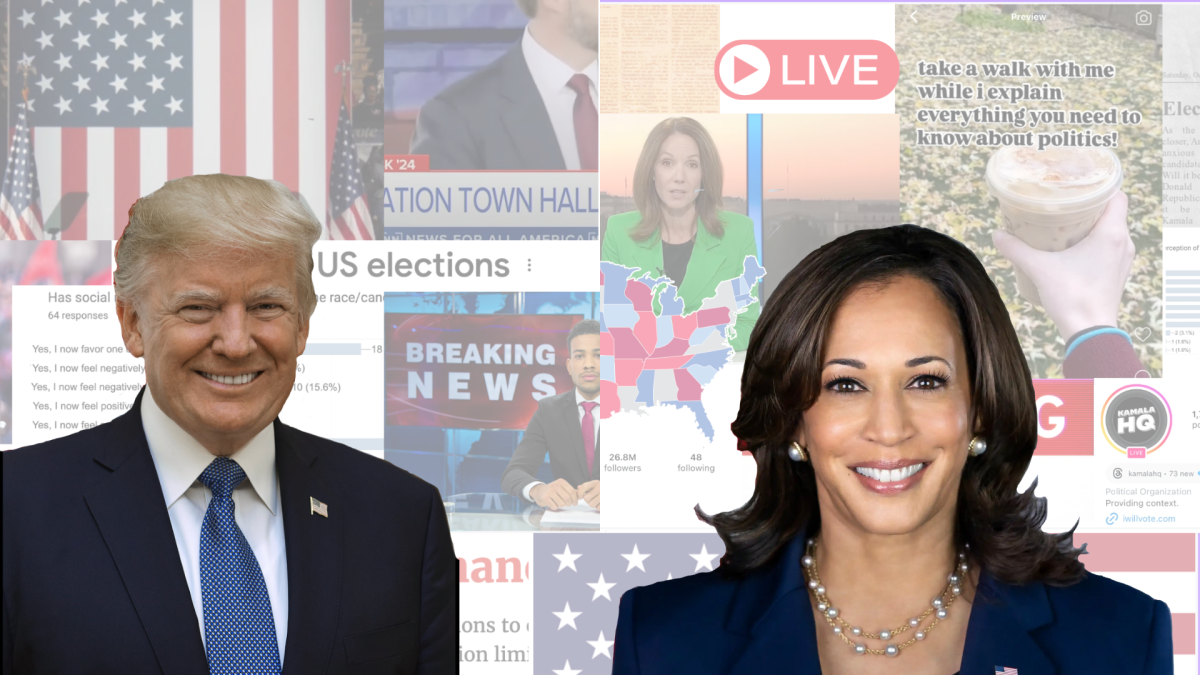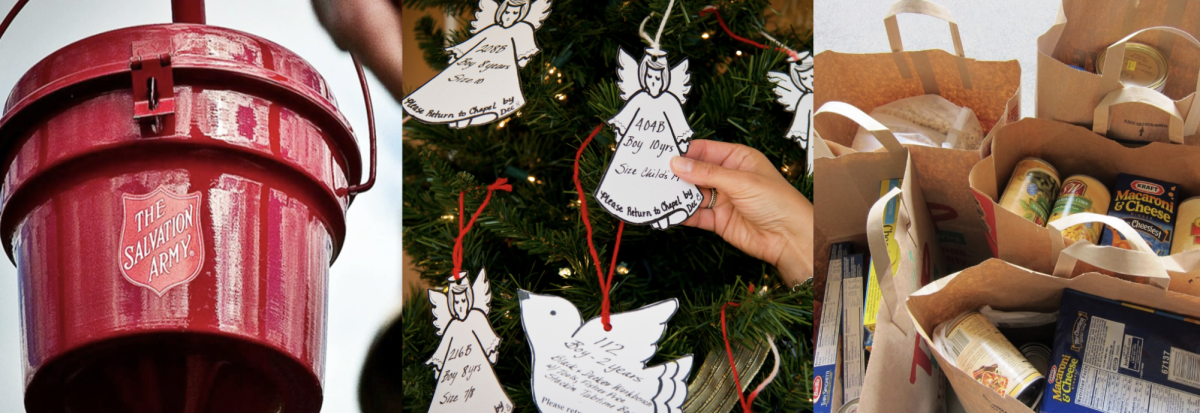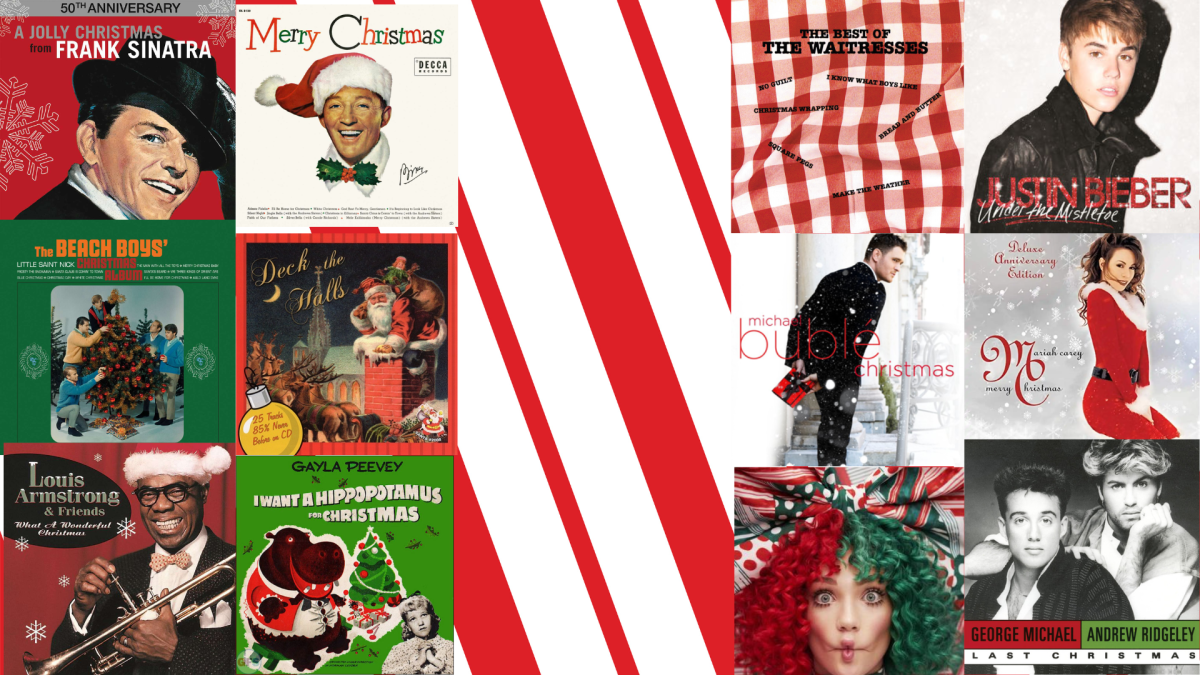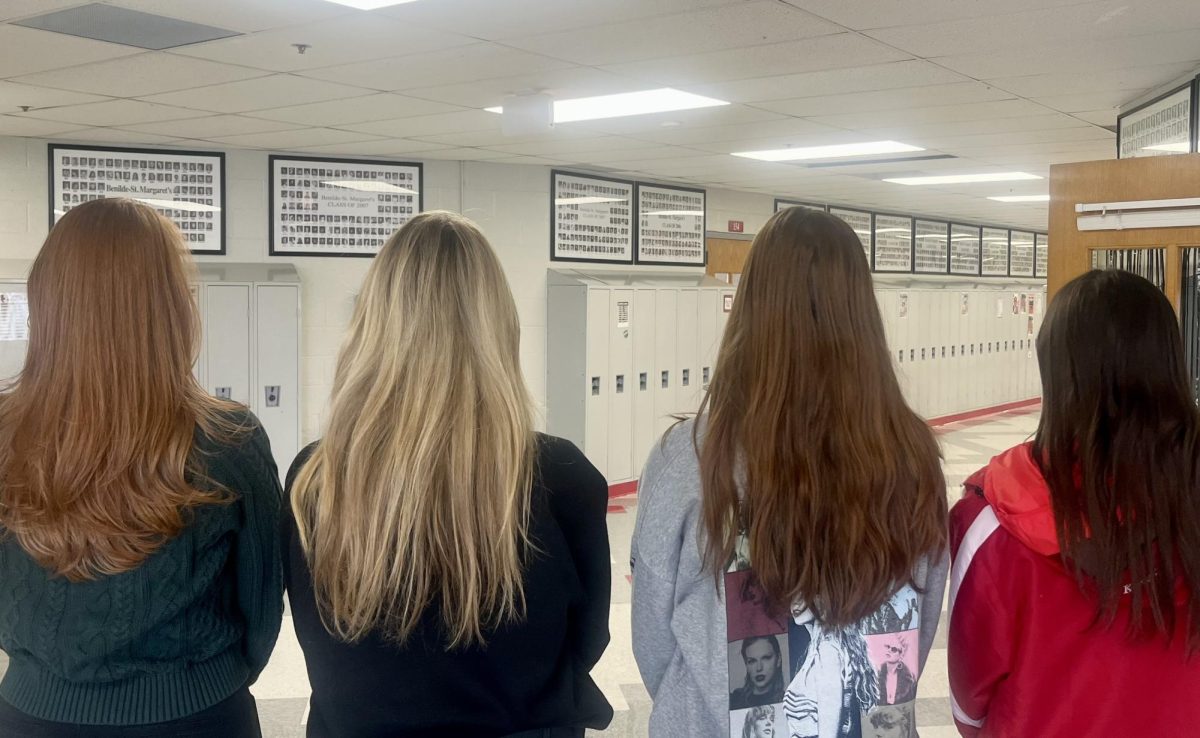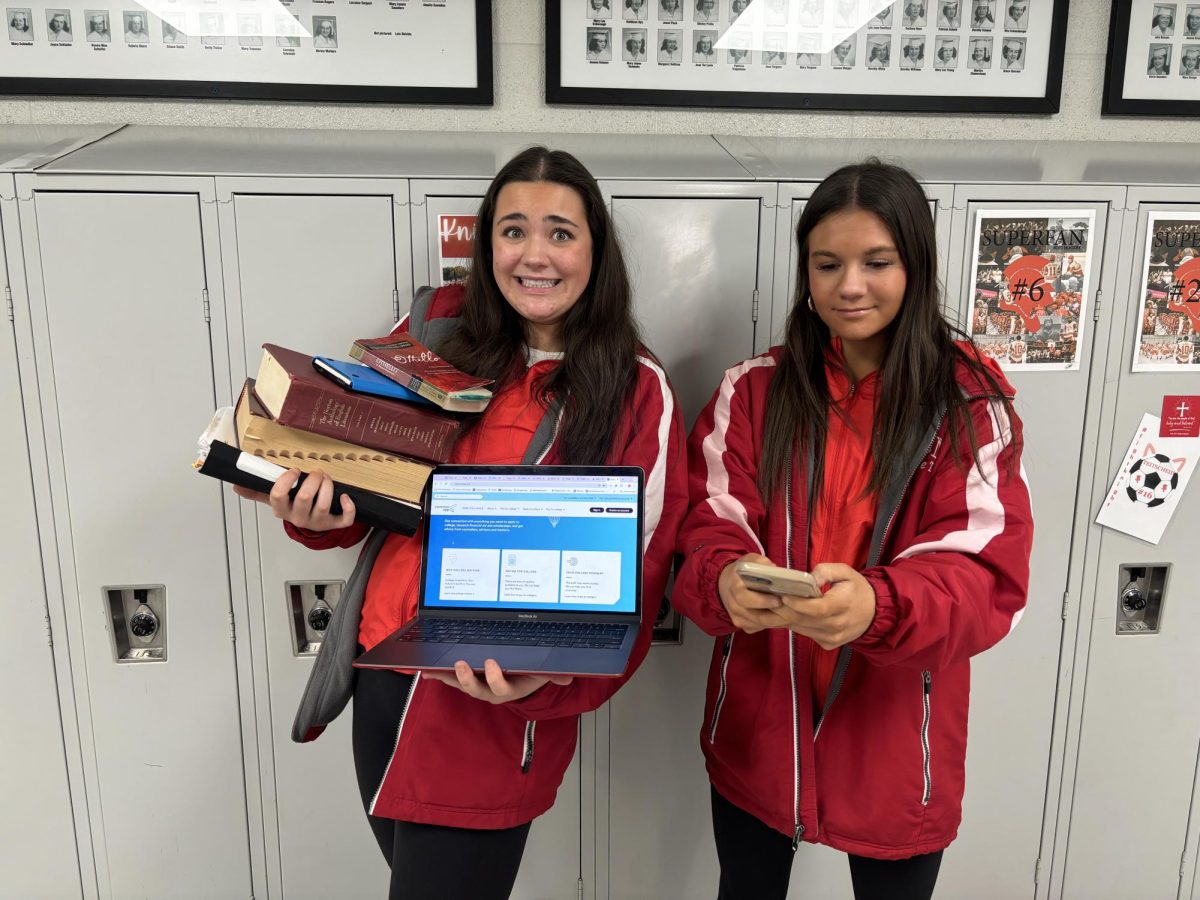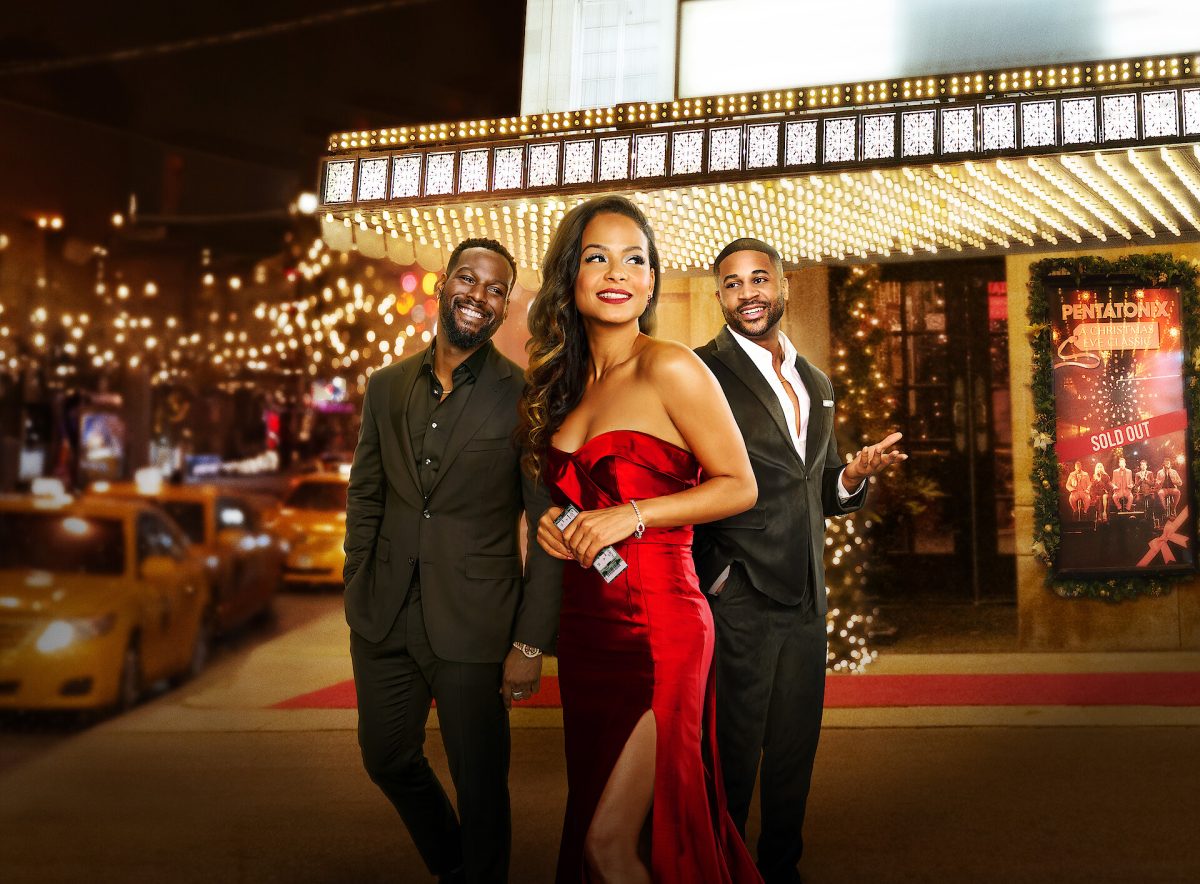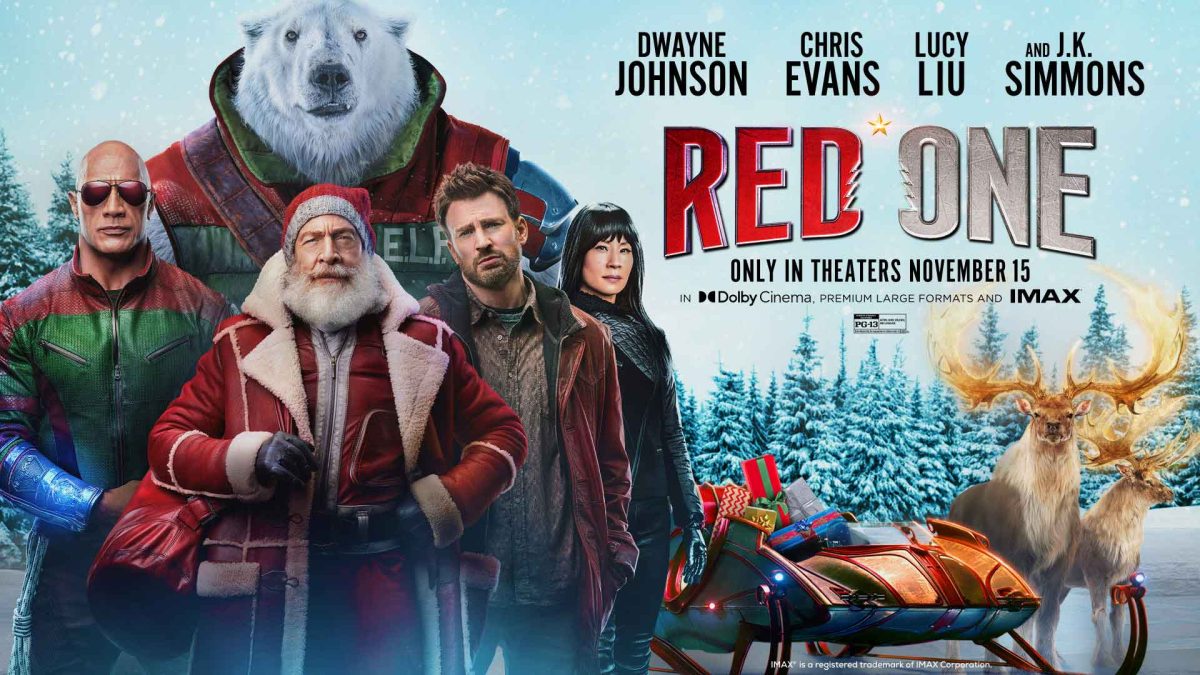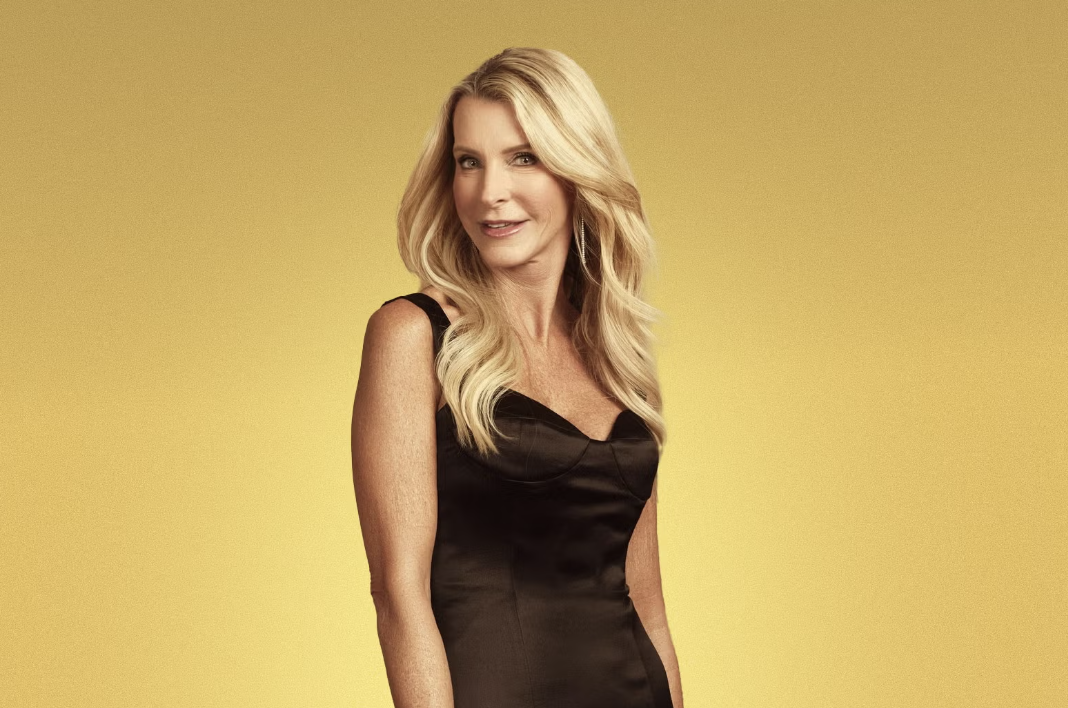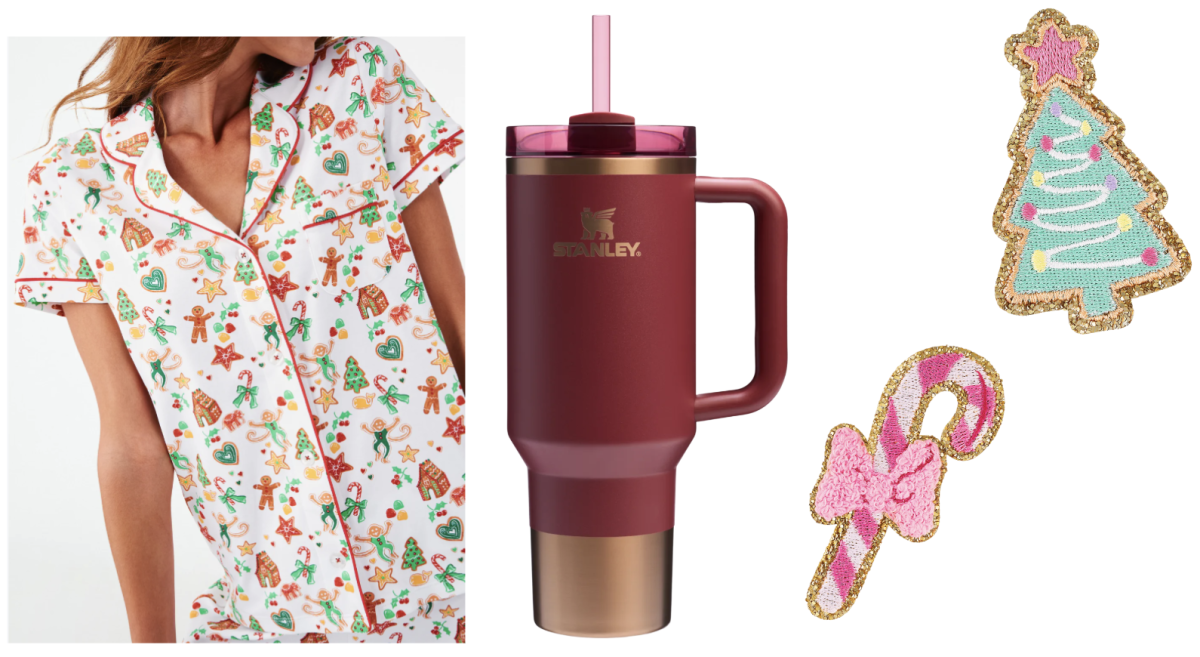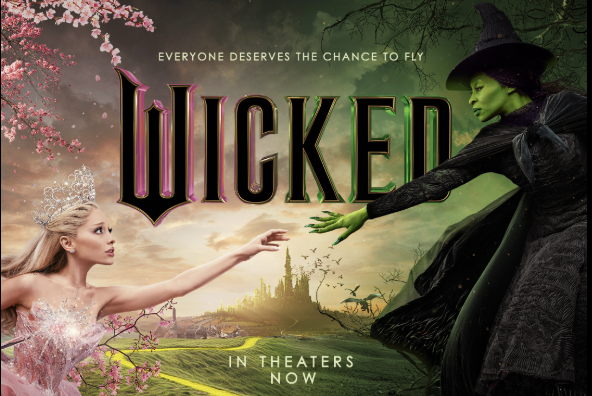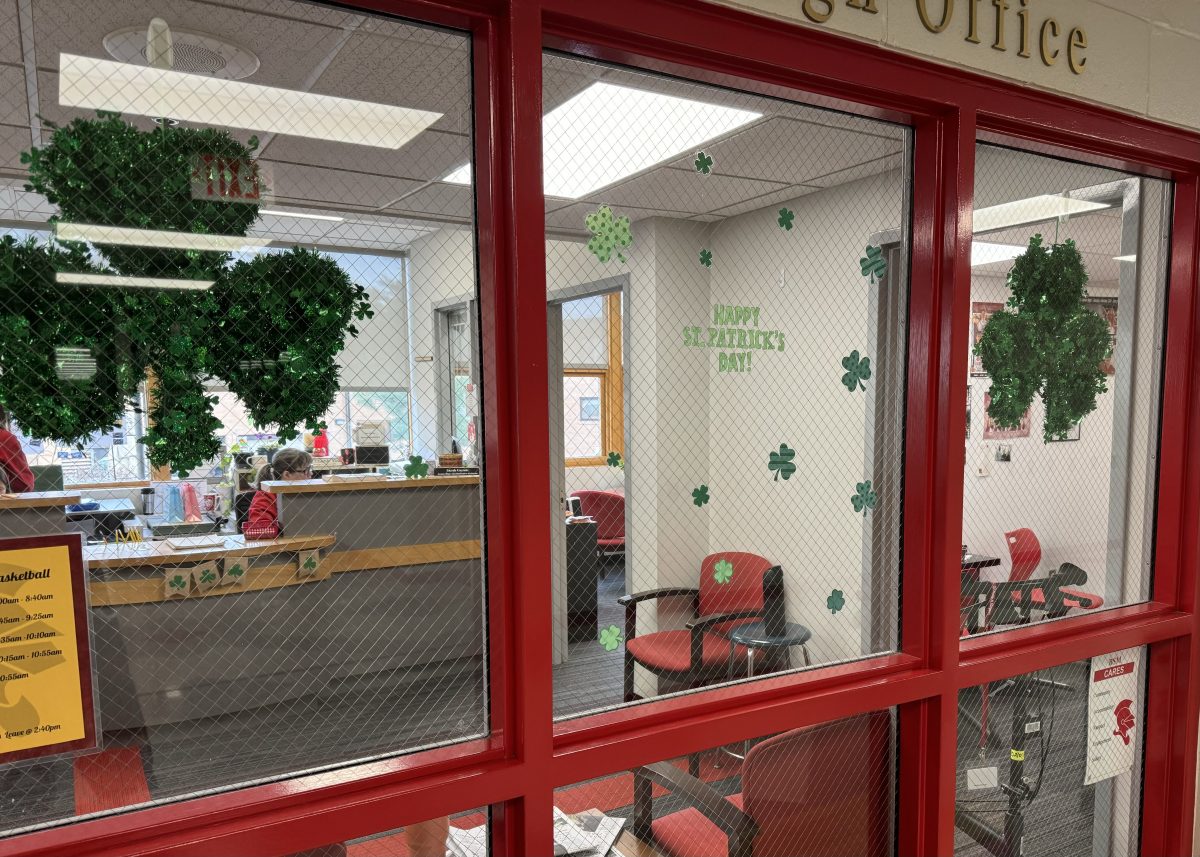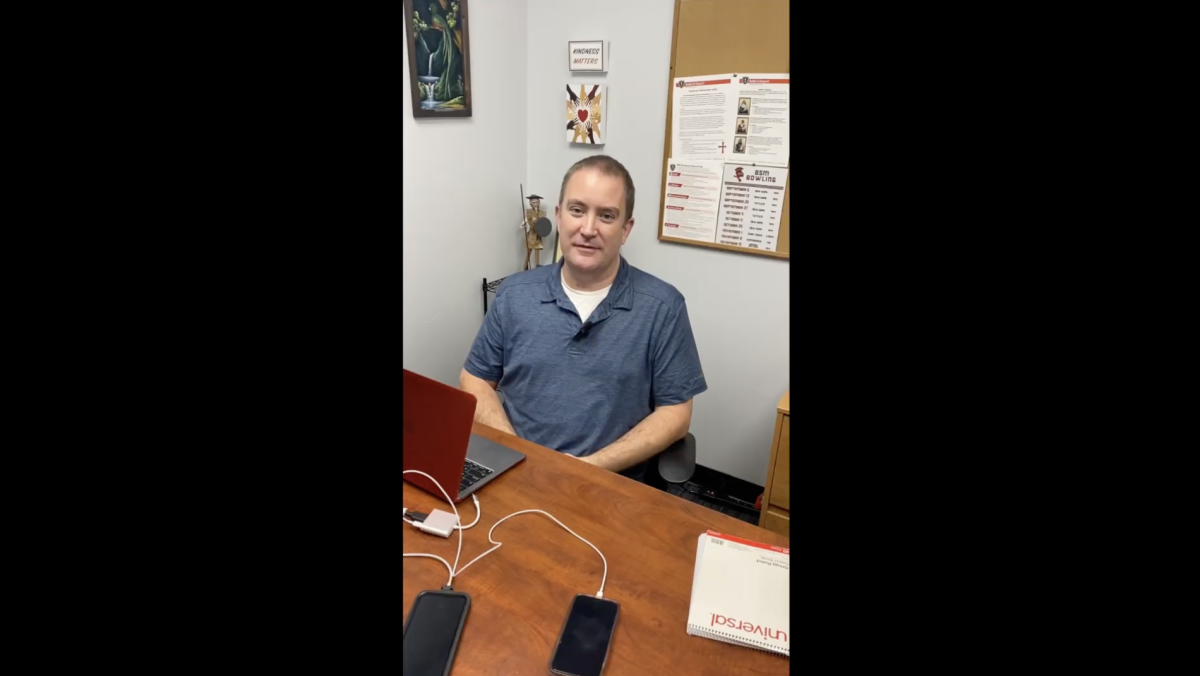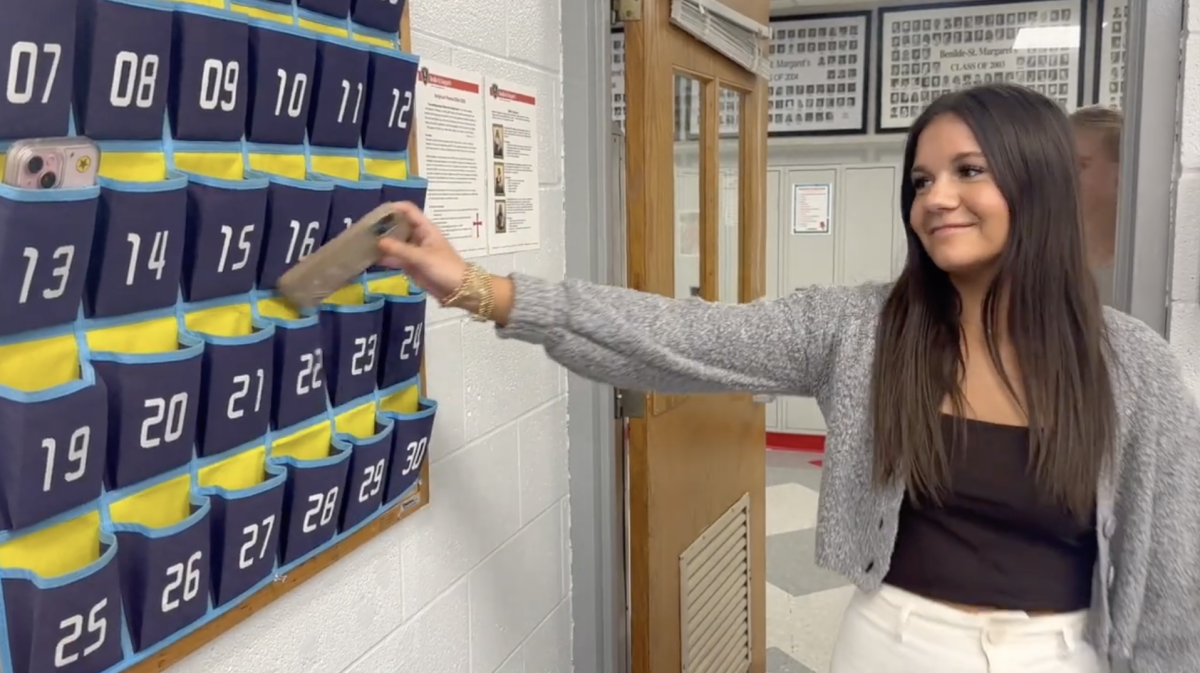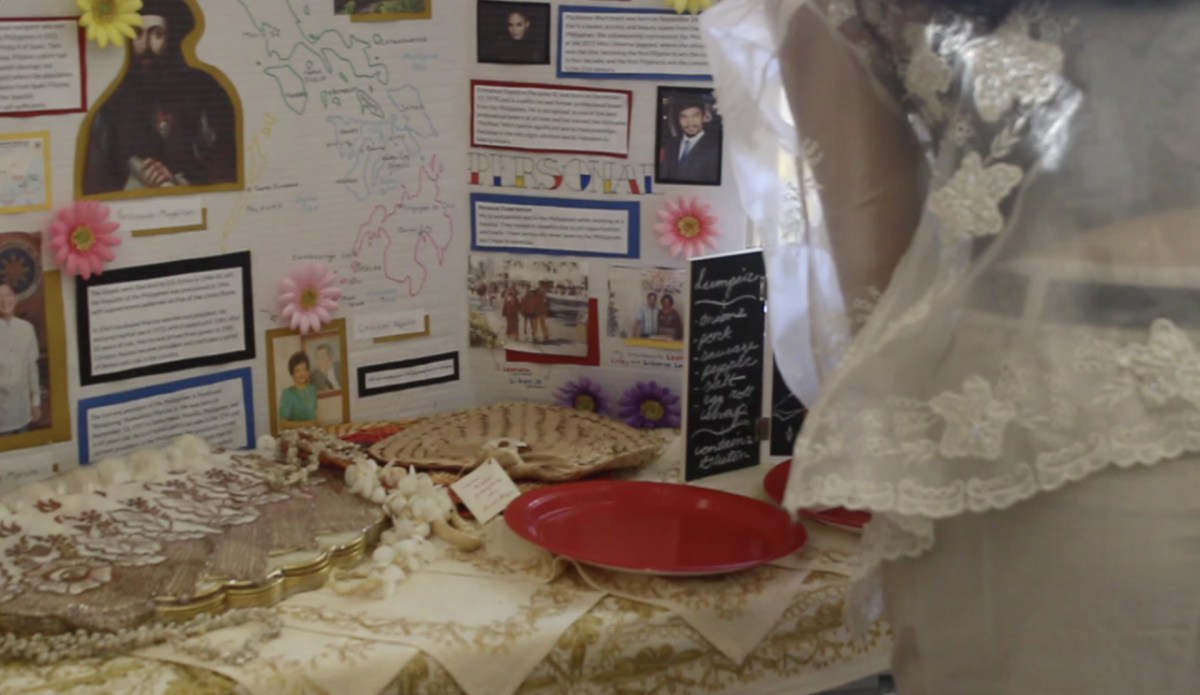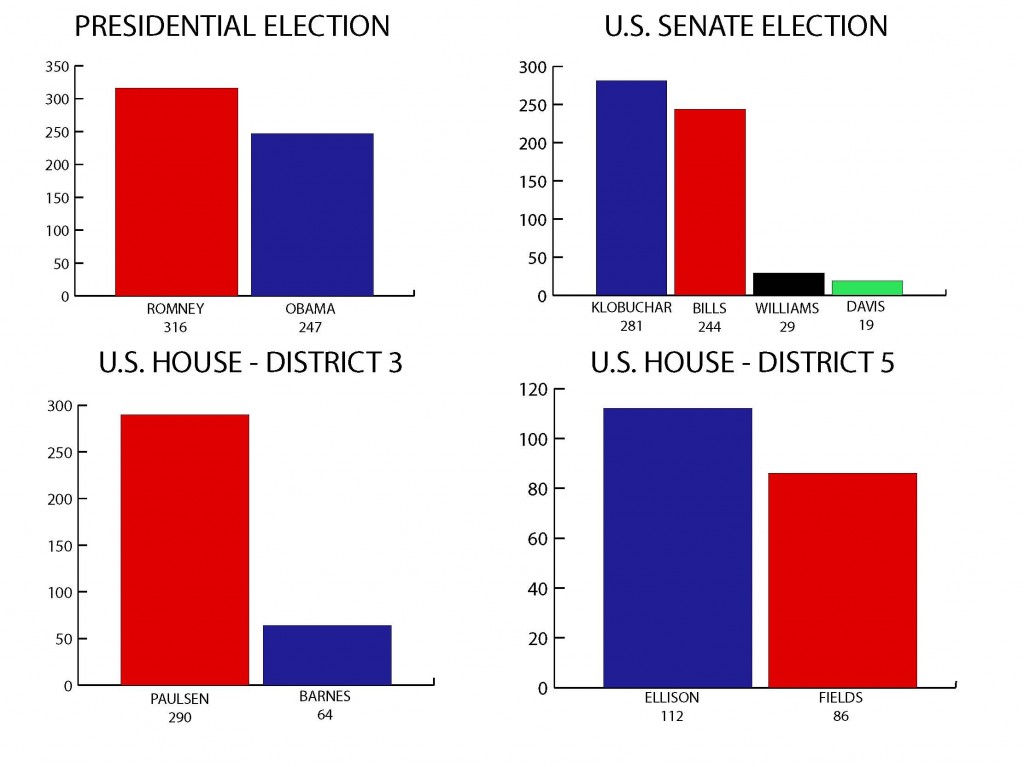In preparation for Tuesday’s Presidential election, social studies teachers set up a mock election to educate their students on the election process and this election’s top issues.
While learning about the Presidential election is important to begin with, mock election coordinators Mr. Keith Jones and Mr. Ken Pauly put emphasis on keeping BSM’s election as close of a simulation to the real Minnesota election as possible. “We wanted to give the students as much of a Minnesota voting experience as possible so that’s why they’re signing in, just like they really would,” senior government teacher Mr. Jones said. “We [wanted] people to be deliberate to go and vote, just like real voters have to do.”
Students voted for the Presidential, U.S. Senate, and House of Representatives candidate of their choice on cropped copies of real Minnesota paper ballots. For the House of Representatives race, the mock election coordinators agreed to just use Districts 3 and 5 (with Representatives Erik Paulsen and Keith Ellison as incumbents, respectively), as those are the districts where most BSM students live.
Those teachers who took time in their curriculum to assign election-related assignments focused on the three races featured on the mock election ballots as well as the two most contentious amendments to the Minnesota constitution that were proposed. “I think because it’s such a divisive issue, we decided as a department not to put the amendments on [the mock election ballots],” Mr. Jones said.
“On issues as weighty as voter registration and the marriage amendment, I believe that it is best to be informed before one votes,” senior government teacher Mr. Pauly said. “We want people voting on it who have actually read both sides, have discussed it rather than opening it up to a general student population who maybe have not had the opportunity to talk about it in a little more depth.”
The choice of voting, discussing or just providing information on the amendments and candidates was the choice of each teacher. And different teachers came up with different ways to cover the election. “I think it was pretty much left up to each teacher to design whatever activity they wanted to. So, I know some teachers have been doing it throughout the semester, where they’ve done current events, where they talked about the candidates maybe not on a daily basis, but like every week,” AP U.S. History teacher Sister Jeanne Marie said.
In both Mr. Jones’s and Mr. Pauly’s government classes, students frequently discuss current events, even more so than usual leading up to the election. In APUSH class students created displays that explored the pros and cons of candidates’ positions and the two major amendments. “Talking about both the Republican and Democratic candidates was really cool cause we could see the pros and cons to electing each of them in office,” APUSH student junior Sam Letscher said.
The APUSH classes, as well as Ms. Green’s AP European History and Western Civilization classes, also looked at issues and positions in terms of the Catholic Social Teachings, using the “Forming Consciences for Faithful Citizenship” document released by the Catholic Church after the 2010 gubernatorial election.
Despite the efforts of many teachers to educate and encourage students to vote in Tuesday’s mock election, only 573 of BSM’s roughly 900 senior high students voted, about 64 percent. However, in order to make BSM’s election as similar to the Minnesota election as possible, it was on students’ shoulders to make the effort and vote. “I left [voting] optional, like they actually do,” Ms. Green said. “But, the [students] that wanted to [vote], I walked them there. Our goal was to try and make it a personal choice, and I was pretty impressed with how many did go.”


